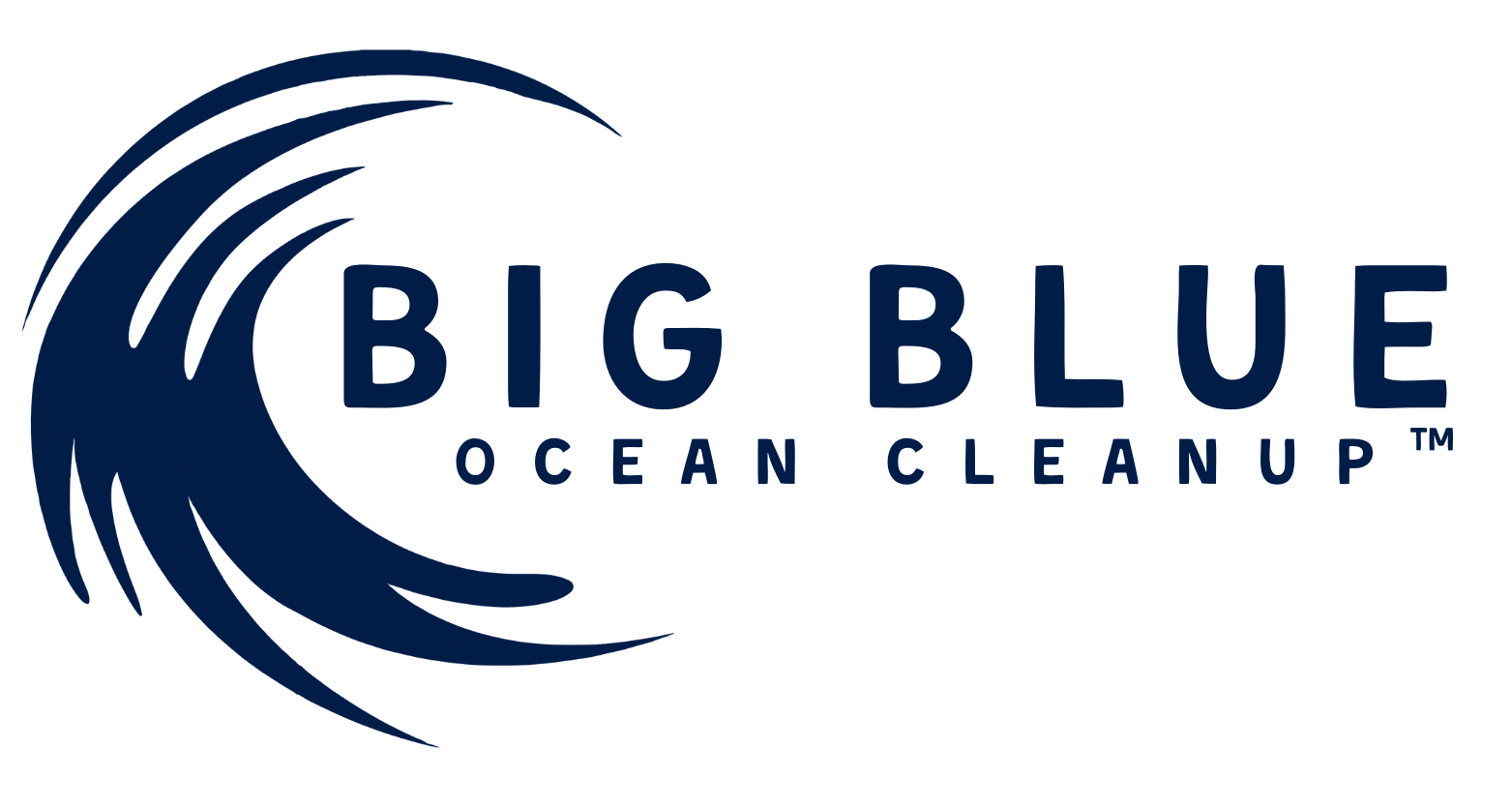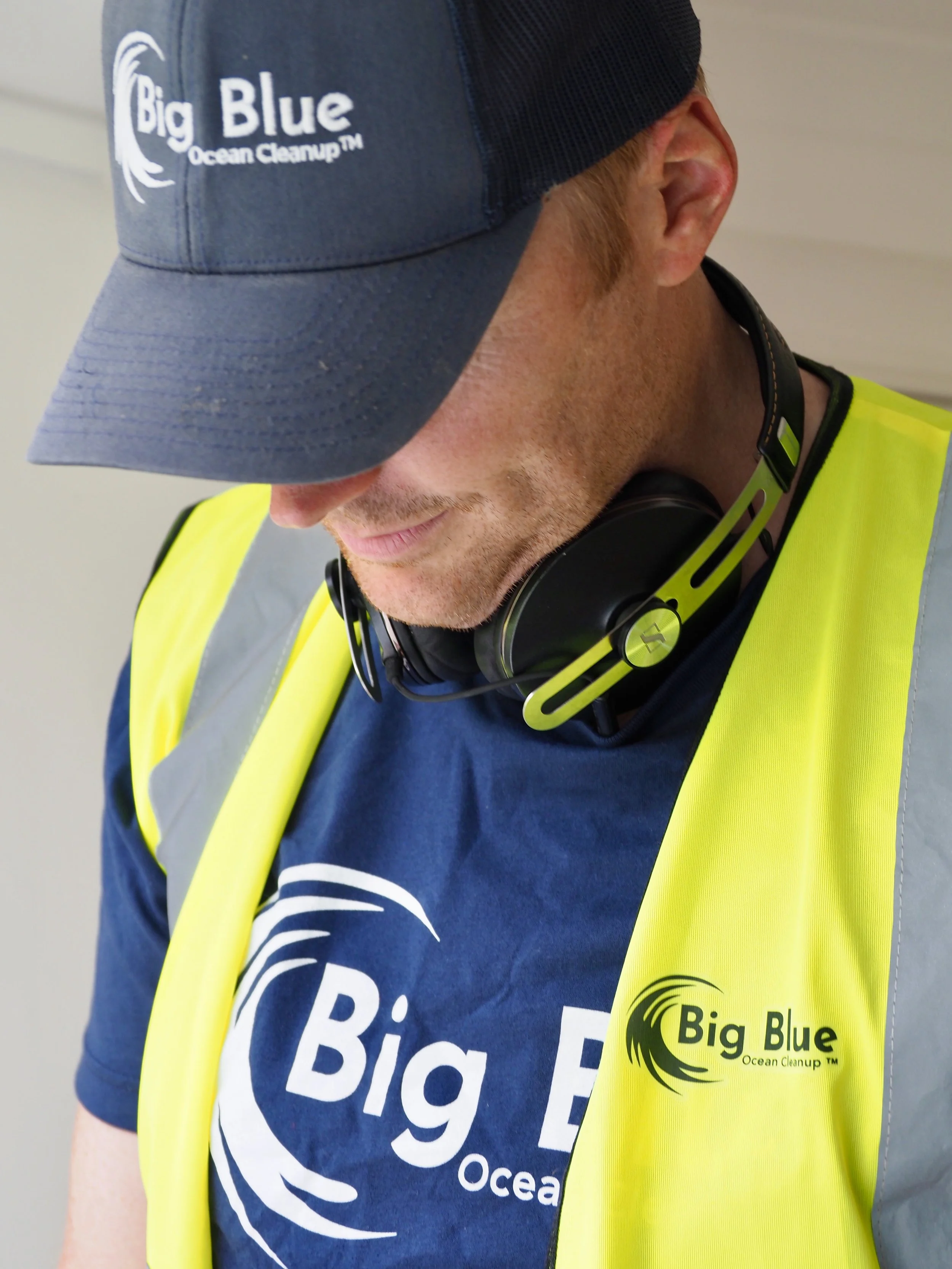The Forever Chemicals Hiding in Our Environment
Most of us are by now well aware that plastic is polluting the ocean but do you also know that ‘forever chemicals’ are pouring into our seas too? Perfluoroalkyl and polyfluoroalkyl substances, shortened to PFAs, are housed in thousands of products, many of which we use every day, yet their impact on both our environment and its wildlife is only now starting to be investigated.
PFAs are prized for their properties, such as waterproofing, stain resistance and preventing corrosion, meaning they are found in many paints, lacquers and varnishes. Yet their reach stretches much further than this as they are also found in waterproof textiles, solar panels, artificial grass, dental floss, food packaging and cosmetics, to name just a few. PFAs are made from incredibly strong carbon fluorine bonds which means these chemicals do not biodegrade, instead they simply persist and accumulate in the world around us. Over time, PFAs become eroded, especially in products such as outdoor paint or waterproofing lacquers on fences which are battered by wind, rain and sun. These tiny fragments make their way into either the soil or down our drains where they eventually float into the sea. Whilst water companies can use activated carbon to filter out some of the chemicals, this is a very expensive process and in general, once PFAs are in the water, they are impossible to get out. In the 21st century, these forever chemicals are widely documented in all the world’s oceans as well as rivers, lakes and wetlands. Shockingly, PFAs are even hiding at the top of Mount Everest and in Arctic sea ice, some of the most remote environments on the planet.
So what happens once PFAs are in our oceanic environment? Unlike other chemicals such as PCBs which attach to plants and algae and get carried to the seafloor where they are stored in sediment, PFAs float around near the surface of the ocean where they often become part of the water cycle. This means that they are released into the atmosphere and later fall as rain either back into the ocean or onto land. Other PFA particles can be released into the air as marine aerosols in sea spray caused by the crashing of waves onto the shore. In fact, the crashing of waves is the biggest source of atmospheric forever chemicals. Some PFAs do remain in the ocean, where unfortunately, they can become part of the food chain when they are incidentally consumed by wildlife. The glut of plastic now residing in our oceans is further hindering this issue as plastics, no matter their size, act as toxic sponges which attract chemicals and other pollutants to their surface. Many toxic substances are hydrophobic and naturally repel water which means they are attracted to plastic where they gather on the surface in astonishing concentrations. If an animal accidentally eats this piece of plastic, some of the toxic PFAs can come loose and start travelling around the body wreaking havoc.
A lot of research has been conducted into the health impacts of PFAs on humans and scarily, effects can include fertility problems, changes in metabolism, immune related diseases and cancer. We are only just scratching the surface of the impact of forever chemicals in wild animals, however it is assumed that the effects are similarly devastating. Already, these toxic chemicals have been found in sea creatures such as manatees, turtles, polar bears, whales and seabirds. Studies have so far found sea otters with weakened immune systems and polar bears with neurological damage and hormone disruption. Just because we cannot see these chemicals like we can plastic, does not mean that they are not doing harm. These chemicals are thought to be particularly dangerous to animals at the top of the food chain as PFAs are stored in the tissues of each living being which consumes them, accumulating until they reach the top predator where their levels can be deadly. Yet this problem doesn’t stay in the ocean, for we are often the top predator when it comes to seafood and many of us consume these chemicals unknowingly.
However, not all PFAs are harmful but with thousands of slightly different variations, it is taking scientists a long time to investigate the health impacts of all of them. Whilst we have seen increases in immune diseases in mammals such as otters and dolphins, researchers often do not have a baseline health level for wild animals to compare their current condition to. This means we remain unsure of the true extent of the damage our manmade chemicals are causing in the ocean. Of course the wild and free roaming nature of sea creatures also makes our research into this topic tricky as we struggle to access a large sample.
With scientists unsure exactly what health issues PFAs are causing to our oceans and their inhabitants, they are urging a cautious approach to our use of these substances. It seems we have not yet learnt from history as we keep substituting compounds for new ‘healthier’ ones without actually having any knowledge of their biological effects. If we truly want to be safe not sorry, we need to stop using these forever chemicals except where necessary. In the last year, the state of Maine has created a ground-breaking law which will ban the use of all toxic PFAs in products by 2030, except where they are currently unavoidable. This means people will be forced to consider alternatives such as linseed oil, water-based paints, acrylics, paraffin waxes and silicone. Other states and countries around the globe are likely to follow suit which is speculated to place a large pressure on the industry to start exploring more eco-friendly alternatives which are biodegradable.
As consumers, we can help add to this pressure by choosing to spend our money on products which are less damaging to the environment. For example, in addition to choosing eco DIY material ranges, you can also opt to buy food products which are in eco-friendly packaging rather than materials coated in PFAs. However, it is often very difficult to tell which products are housed in chemicals and so using your voice to show your support for a ban on unnecessary PFA use is also essential. Even clear material labelling and greater transparency can give consumers the power to choose what products they want to keep on the shelves. A study in the EU investigated 42 types of takeaway packaging and 32 of those intentionally contained PFAs which were considered to be unnecessary. Often these products were labelled as biodegradable but with forever chemicals hidden inside, this is clearly far from the case. With an overwhelming amount of our single use food packaging containing these toxic chemicals, our throwaway bottles and containers are even more dangerous than we originally thought. It seems that it is time for the issue of forever chemicals to be more loudly spoken about if we want to have a chance of preserving the bounty of life in our ecosystems whilst also protecting our own health.
By Neve McCracken-Heywood

